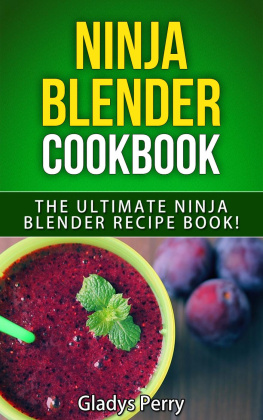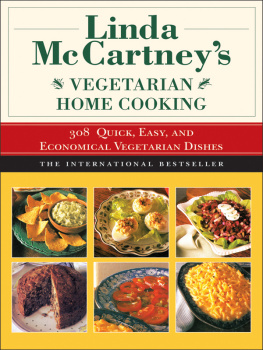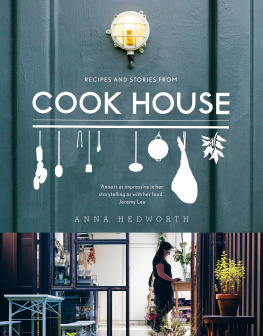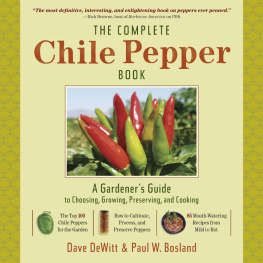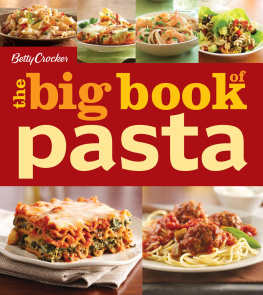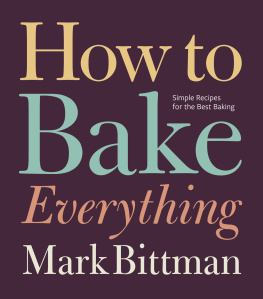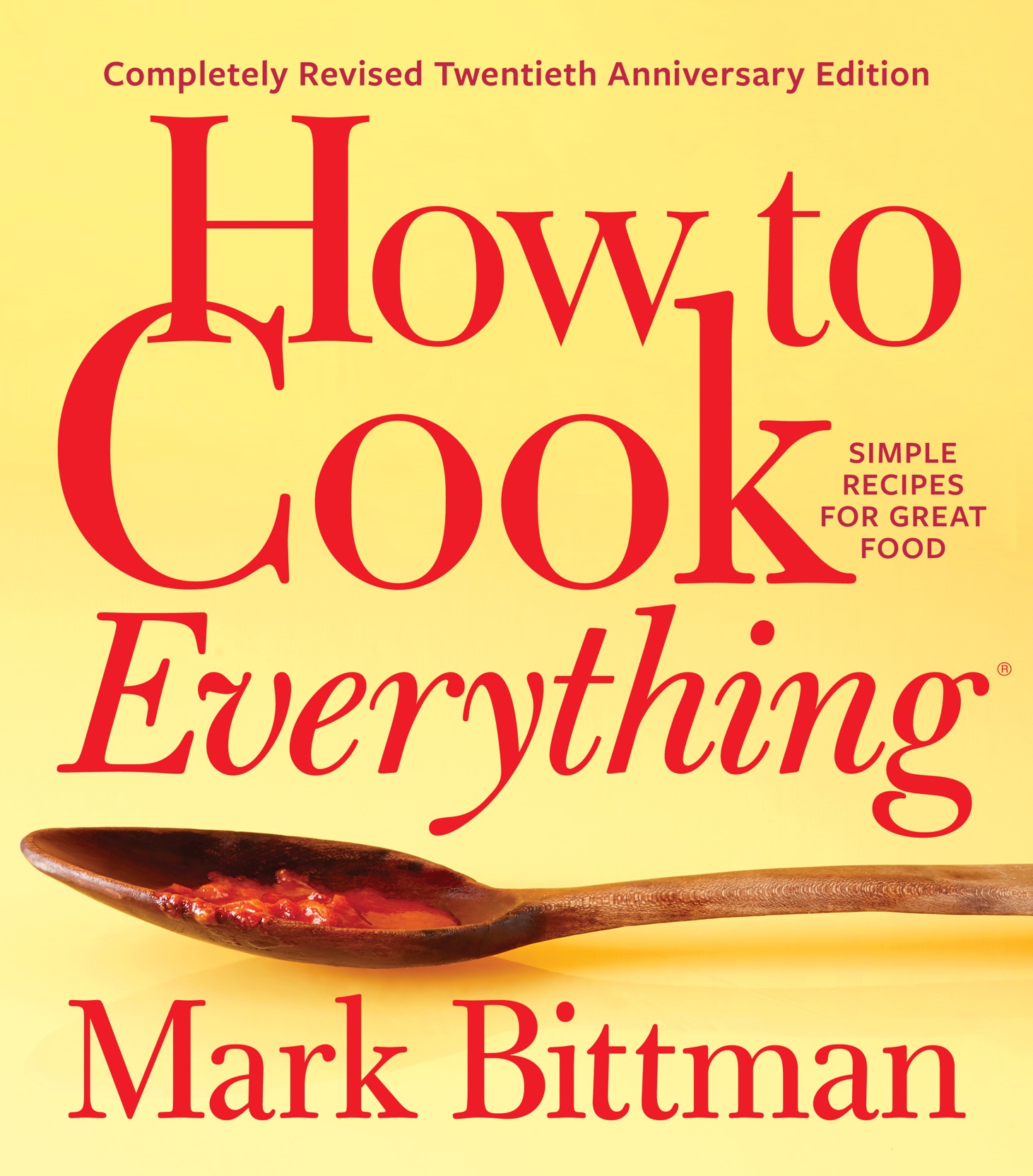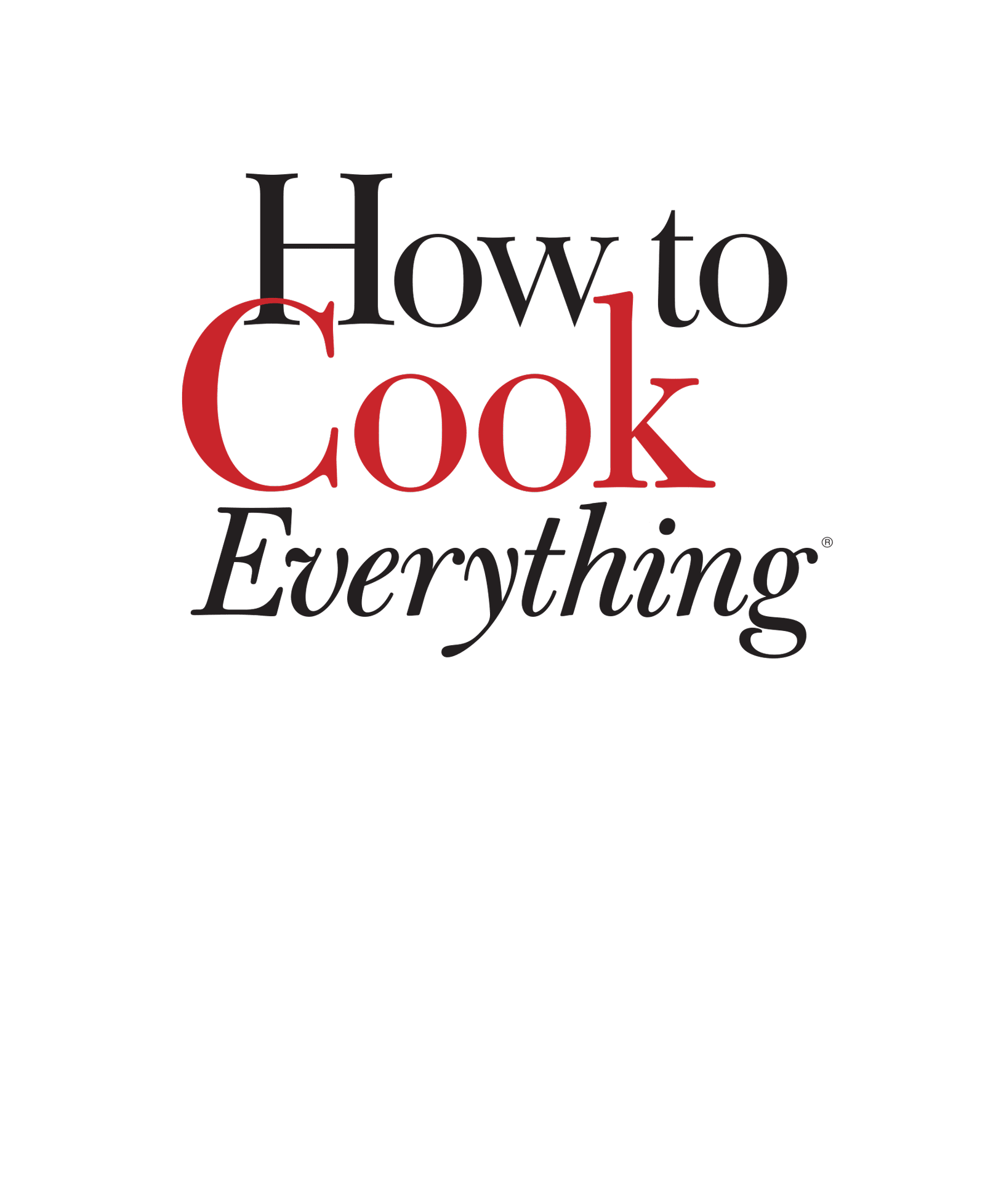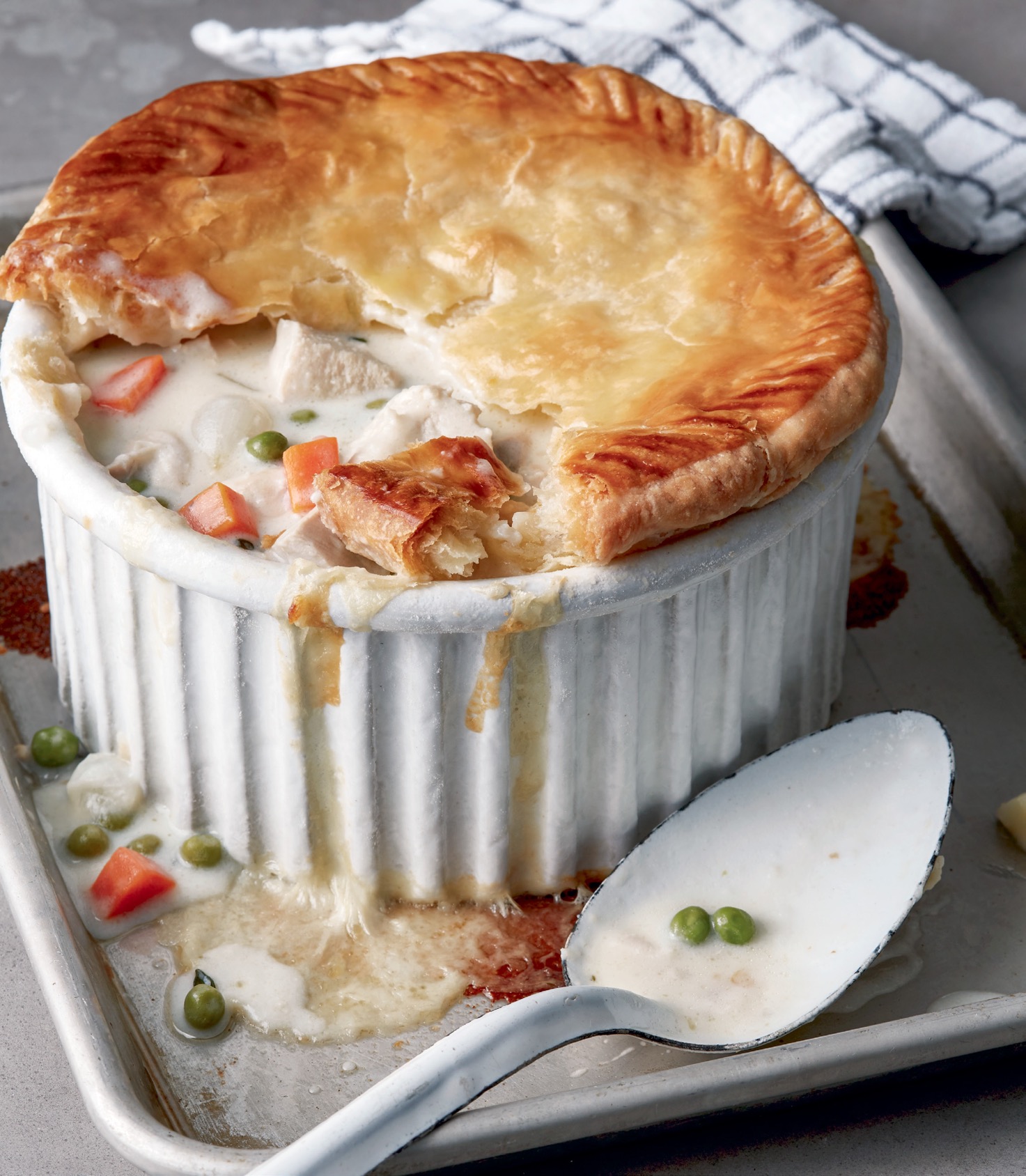OTHER BOOKS BY MARK BITTMAN
How to Cook Everything Vegetarian
How to Cook Everything The Basics
How to Cook Everything Fast
How to Bake Everything
How to Grill Everything
Dinner for Everyone
Mark Bittmans Kitchen Matrix
VB6: Eat Vegan Before 6:00
The VB6 Cookbook
Food Matters
The Food Matters Cookbook
The Best Recipes in the World
Fish: The Complete Guide to Buying and Cooking
Leafy Greens
Mark Bittmans Kitchen Express
Mark Bittmans Quick and Easy Recipes from the New York Times
The Mini Minimalist
Jean-Georges: Cooking at Home with a Four-Star Chef
Simple to Spectacular
Copyright 2019 by Double B Publishing, Inc.
Photography copyright 2019 by Aya Brackett
Illustrations copyright 1998, 2007, 2008, 2016, 2017, 2019 by Alan Witschonke
Author photo copyright Burcu Avsar & Zach DeSart
All rights reserved
For information about permission to reproduce selections from this book, write to trade.permissions@hmhco.com or to Permissions, Houghton Mifflin Harcourt Publishing Company, 3 Park Avenue, 19th Floor, New York, New York 10016.
hmhbooks.com
Library of Congress Cataloging-in-Publication Data is available.
ISBN 978-1-328-54543-5
ISBN 978-0-358-30563-7 (special ed)
ISBN 978-1-328-54567-1 (ebk)
Book design by Toni Tajima
Food styling by Victoria Granof
Prop styling by Philippa Brathwaite
v2.0919
Contents
What do you need to knowand ownto make great meals? Not much.
Heres a guide to seasoning, made easy.
From no-cook to elaborate, here are finger foods, snacks, and knife-and-fork first courses.
These simple, fresh soups from around the world are surprisingly easy, with most ready in minutes, not hours.
Crisp, crunchy, colorful, and simply dressedfew meals are quicker to make.
The ultimate lexicon of produce, from fresh to dried and frozen, including seaweed, nuts, and oliveswith recipes.
Learn how to cookand lovelegumes, alone or in combination with vegetables, rice, meat, and seafood.
The huge world of grains, including and beyond rice, as main dishes and sides.
From Italy to Asia, including sauces, shapes, and fresh and filled pastas.
Conquer your fear of fish with a combination of master recipes and species-specific basics, plus advice on how to eat fish sustainably.
Whether you start with parts, bone-in, bone-out, or whole birds, heres how to make Americas favorite meatand all poultrytaste delicious every time.
All you need to cook beef, pork, lamb, and veal, including international approaches.
Nothing is more convenient for breakfast (and sometimes dinner): eggs, pancakes, waffles, cereal, and cheese.
Get started on (or better at) making bread, whether yeasted or super-quick.
Some new, some classic: cookies, cakes, frostings, sauces, pies, tarts, pastries, ice cream, and more.
Acknowledgments
My first reflex is to say that it feels impossible that I started working on How to Cook Everything in late 1994. In fact, like so many things in the past, its both in a vivid way very like yesterday and in a vague, dreamy way like another lifetime, another persons life. Im closing in on seventy, but then I was forty-four, and things were going well: My first book, Fish, at that point a twelve-year-old dream come true, had won a couple of awards; I was writing regularly for the Times, soon to become a columnist; I had agreed to write a book with Jean-Georges Vongerichten.
So it was one of those rare periods where both personally and professionally all was pretty much as I wanted it to be. And then this book came alongnot my idea!the biggest professional challenge imaginable. The idea was to rival Joy of Cooking and, other than that notion, there was no real plan. My thinking, such as it was, was to try to communicate in plain language everything I had learned how to cook up until then (Id been cooking for twenty-five years at that point, so there was at least a foundation of sorts), while filling in whatever blanks there were (and there were plenty) with the help of friends and colleagues and mentors.
I was luckyblessedenough to have many of all of those, starting with my (now former) wife, Karen Baar; our children, Kate and Emma, who were girls then and are women now; my agent, Angela Miller; and a thankfully large number of people to whom I remain close, too many to start naming.
But naturally, twenty-five years later, the world, the book, and I have all changed, as have many of the people I hang with and rely on. Still, what was true then I say even more emphatically today: My gratitude extends to hundreds of peoplechefs, cookbook writers, editors at all kinds of publications, publishers, producers, friends, relatives, casual acquaintanceswho have shared a technique or dish, a kind or insightful word, an idea, an inspiration, and help and affection and thoughtfulness and at times even love. There are more of you to thank in less space than with the first edition. Please know that I appreciate everyone who has been generous with me throughout this journey.
Singling out people is difficult, but on this project its important for me to acknowledge especially Daniel Meyer, Emily Stephenson, Mirella Blum, food stylist Victoria Granof and her team (Krystal Rack-Carter, Liza Meyers, Veronica Martinez, and Kristen Stangl), prop stylist Philippa Brathwaite (with help from Ryan Bourquin), photo tech Martyna Szczesna, and both Mark Kelly from Lodge and the folks at Workshop Studio. Aya Brackett, whom I love, is responsible for the amazing photography you see here; she is a star.
At my longtime publisher, Im grateful to editor Stephanie Fletcher, who was fatefully and way more than symbolically (though I love the symbolism) helped through a few turns by the books first editor, Pam Hoenig. Many thanks to Bruce Nichols and Deb Brody, as well as Marina Padakis Lowry, Melissa Lotfy, Toni Tajima, and Sari Kamin.
Somehow, Kerri Conan was not with me for the first edition of this book (and yet it got done!); shes been my right hand (well, left, really, cause for me thats more important) on every cookbook since, and corny as it is, Ill never be able to thank her enough. Theres no aspect of this book that doesnt bear her mark.
As for love: Kat, Kateets, Buv, my boys Nick, Jeff, Holden... theres just nothing to say. Lets see what happens when this book turns fifty!
Mark Bittman
Glynwood, Spring 2019
Introduction
When How to Cook Everything came out more than two decades ago, friends and colleagues teased me about the promise of everything in the title. The publisher and I stood by the hyperbole, knowing that by offering instruction on core techniques and common ingredients, including hundreds of variations, and demonstrating how to make substitutions... the title was barely an exaggeration.
In the following years, I used the teaching of these skills and strategies to create a series that now includes How to Cook Everything Vegetarian (two editions!),



